When you have diabetes, it's important to pay close attention to what you eat, especially at breakfast time. A healthy breakfast sets the tone for the day and can help you manage your blood sugar levels. One popular breakfast food is cereal, but not all cereals are created equal. In this article, we'll explore some of the best cereals for diabetics and how to navigate the breakfast aisle.
Look for High-Fiber Cereals
When choosing a cereal, opt for high-fiber options. Fiber helps slow down the digestion and absorption of carbohydrates, which can prevent spikes in blood sugar levels. Aim for cereals with at least 3-5 grams of fiber per serving. Some good options include bran flakes, shredded wheat, and oatmeal.
Avoid Sugary Cereals
Avoid cereals that are high in sugar, which can cause blood sugar levels to spike. Many cereals marketed to children are loaded with sugar, but even some adult cereals can be high in added sugars. Read the nutrition label and aim for cereals with less than 10 grams of sugar per serving.
Choose Cereals with Low Glycemic Index
The glycemic index (GI) is a measure of how quickly a food raises blood sugar levels. Foods with a high GI can cause blood sugar levels to spike rapidly, while foods with a low GI have a more gradual effect. Choose cereals with a low GI to help keep blood sugar levels stable. Some good options include All-Bran, muesli, and porridge.
Consider Low-Carb Options
Some cereals are specifically marketed to people with diabetes and are lower in carbohydrates. These cereals may use artificial sweeteners or have a different type of carbohydrate that doesn't raise blood sugar levels as much. Look for options such as Special K Protein, Nutribar, and Kay's Naturals Protein Cereal.
Mix and Match Cereals
If you can't find a single cereal that meets all of your criteria, consider mixing and matching cereals. Combine a high-fiber cereal with a low-carb option, or add some fresh berries or nuts to boost the nutritional content of your cereal.
Navigating the breakfast aisle can be a challenge when you have diabetes, but with a little knowledge and careful planning, you can find cereals that work for you. Look for high-fiber, low-sugar, low-GI, and low-carb options, and don't be afraid to mix and match. A healthy breakfast is an important step in managing your diabetes and maintaining overall health.

Always consult your physician before beginning any program. This general information is not intended to diagnose any medical condition or to replace your healthcare professional. If you experience any pain or difficulty, stop and consult your healthcare provider.

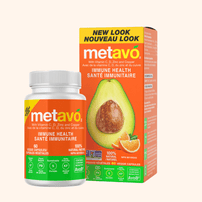
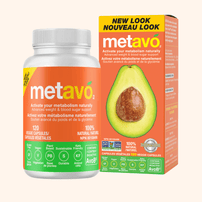
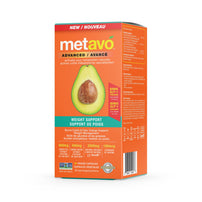
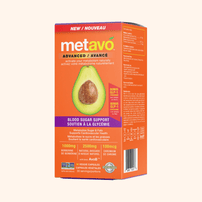
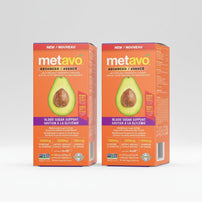
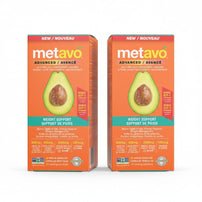
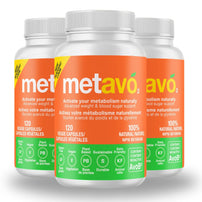


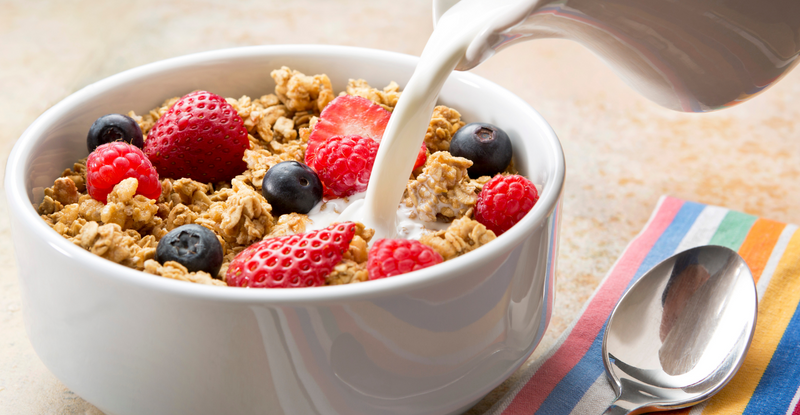


Leave a comment
This site is protected by hCaptcha and the hCaptcha Privacy Policy and Terms of Service apply.